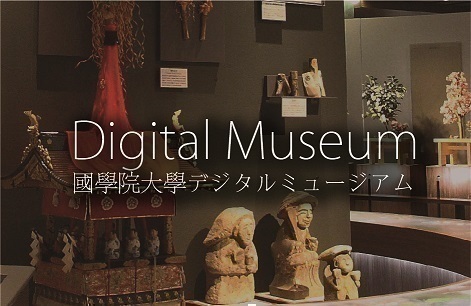- トップ
- Encyclopedia of Shinto
- Senzo saishi
Encyclopedia of Shinto
| Main Menu: | |
| Links: |
詳細表示 (Complete Article)
| カテゴリー1: | 6. Belief and Practice |
|---|---|
| カテゴリー2: | Folk Religion |
| Title | Senzo saishi |
| Text | The celebration of family forebears. Typically centers on one's parents and the generations preceding them, but there are also observances of honor and gratitude for a founding ancestor. Special veneration was shown particularly in the court aristocracy and the warrior class, as well as in merchant families. This is deeply related to the Japanese family system. In the form of folk religion, the spirits of departed ancestors were welcomed at New Year's, Obon, and the weeks of the vernal and autumnal equinoxes (higan); they were then sent on their way when the holidays were over. It is thought that since antiquity there have been festivals memorializing, thanking, and beseeching them for blessings. The belief that the kami of fields (ta no kami) and mountains (yama no kami) are one's ancestors likewise appears to be quite ancient. Nevertheless, since the establishment of Japanese funereal Buddhism and the nationwide spread of the Buddhist temple patronage system in early modern times, today's rites frequently include Buddhist elements. There was also a Confucian influence from early on. The Chinese had been honoring their ancestors since before the Common Era, and through such Confucian works as the Book of Rites, the Japanese too became familiar with the forms of their practices. Rituals were added in the 8th century with the introduction of the ancestral mausoleum. Initially, those able to conduct funerals in accordance with the new rites were a restricted segment of the population, such as those who held political sway. Yet with the spread of Buddhist memorial services in designated years, it is thought that ancestor-venerating customs increasingly took shape among the common people. Moreover, toward the end of the early-modern period, there was to some extent an increase in Shinto posthumous rites known as reisai and nensai. From the standpoint of rituals alone, the influence of Confucianism and Chinese Buddhism was strong, but, from the conceptual perspective, it is generally understood that there was also a perpetuation of deeply rooted Japanese beliefs from long before. Moreover, rituals for ancestors served to strengthen family and clan ties and the social order within those entities. In academic circles, such customs are often treated as cases of ancestor worship. Ancestor worship is a form of belief whose distribution is quite geographically biased, being practiced particularly in East Asia and Africa. (see sorei, reisai, nensai) — Inoue Nobutaka |




